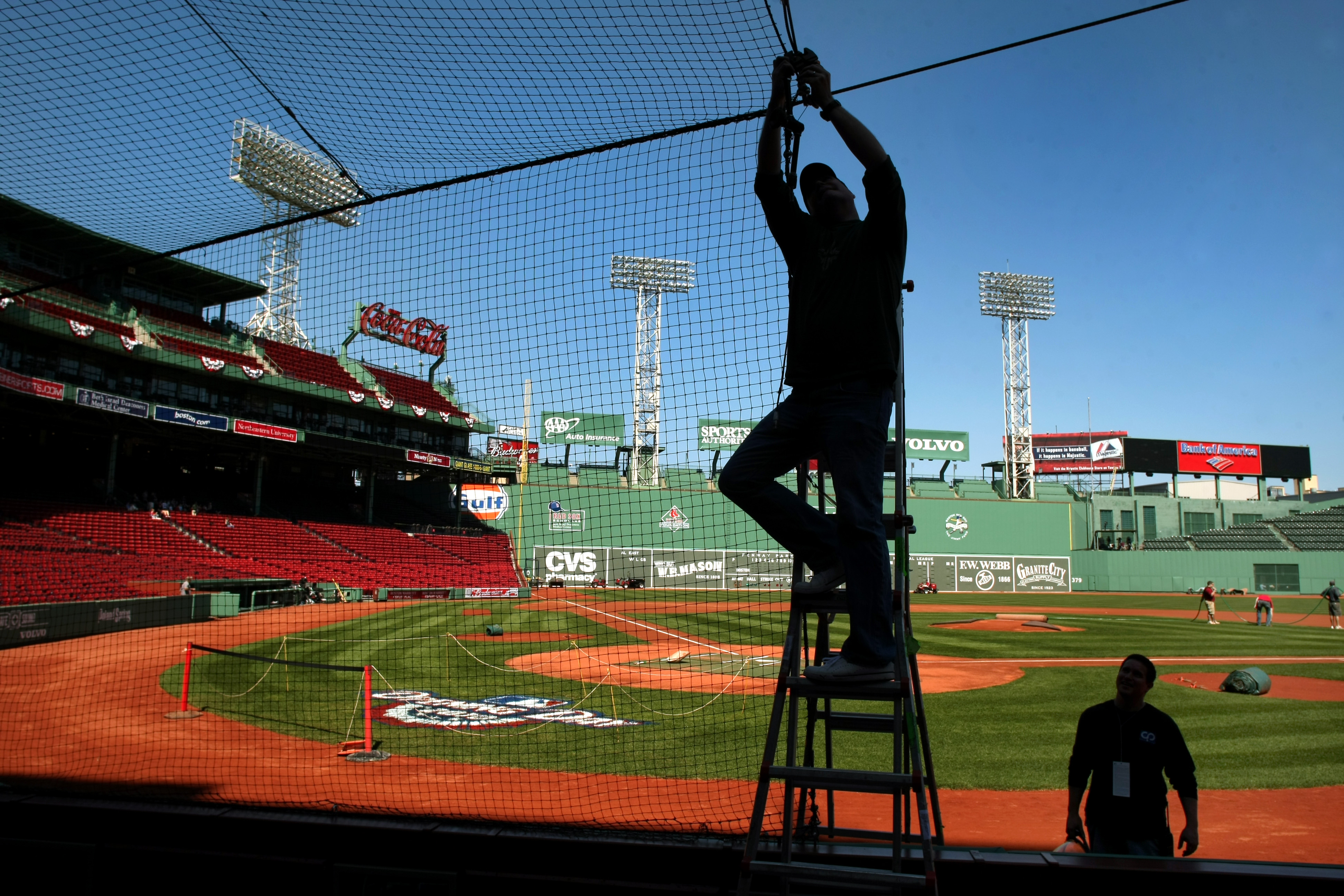
The fidelity and quality of live programing has certainly improved over the last couple of decades; however, inconsistencies exist between events and broadcasters.
Through the efforts of many sound designers and mixers, sonically boring sports such as baseball and football have been transformed into consistent aural master pieces. Fox Sports audio mixer Fred Aldous changed the sound of football with the application of wireless microphones on the players, which is only growing in scope and popularity.
My proposal for wireless microphones in the bases at the 1996 Summer Olympics was shut down by the Cuban delegation fearing that the athletes could communicate to the outside world through my base microphone. Enough cannot be said about Joe Carpenter, audio engineer at Fox Sports, and his impact on baseball sound. He has put wireless microphones in all the bases plus on the homeplate umpire for years.
Soccer Coming Up Short
There’s no doubt that the power of persuasion from John Madden and the Fox production staff swayed the powers at the National Football League to recognize that this is what the public and viewers want. Clearly gaming sound, particularly on John Madden’s Football video game opened the ears of the consumer who began to ask, “Why can’t I hear that on TV?” Well, you can.
Wireless microphones on just about everybody now has piqued viewers’ interest and increased viewership for the struggling United Football League (UFL).
I commented in a previous article that I thought sound coverage of the FIFA World Cup had evolved to the best ever. This was basically accomplished with super-fast computing and some very clever algorithms assisting the mix. However, recently I watched/listened to the international production of UEFA Champions League football (soccer) finals between Dortmund and Real Madrid, and to politely state—it sounded very average and boring. I don’t understand—virtually every sport has upped the game with pictures and sound except soccer.
With the 2024 Summer Olympics coming up, I would expect the sound to be significantly better than the Tokyo 2020 Summer Olympics just because the spectators are back."
Basic audio-follow-video was absent, when on multiple occasions I saw handheld cameras with no “close perspective” sound. Basic audio-follow-video is nothing new and was used as far back as 40 years ago where certain microphones, such as microphones on handheld cameras, were controlled by the switching of the camera. Audio-follow-video — basic sound for football/soccer has to include all corner kicks—no exception. Once again, the microphone is only a few feet from the corner and a basic camera switch would never miss a corner kick sound.
We are beyond the basics and once upon a time, sonically deficient audio coverage in sports was acceptable, but not anymore.
Some Immediate Improvements
I have expressed my opinion about AI and super computers completely taking over a live news or sports production. I still have faith in my prophecy but believe there are some immediate improvements that can be achieved with audio and the general production with AI supercomputing.
For example, Lawo’s HOME app platform with its use in the Rugby World Cup, has proven itself able to control the natural field effects. But one level further is available where you can automate the effects portion of the mix with subtle augmentation of field sounds. This powerful and disruptive technology has been developed by the English company SalsaSound and their MixAiR technology. AI can not only execute simple intelligent audio follow, but it can easily improve speech intelligibility through filtering and sampling.
With the 2024 Summer Olympics coming up, I would expect the sound to be significantly better than the Tokyo 2020 Summer Olympics just because the spectators are back. But with immersive sound it is easy to bury the sports effect with too much atmosphere and ambiance. My hope is that they are advancing their microphone coverage using some innovative sound technique like I have outlined in my book “Immersive Sound Production, a Practical Guide.”
High-quality audio production has trickled down from the production of large events like the Olympics, National Football League and Major League Baseball to where quality production of audio and video is common at all events, from bowling to darts. Take a listen to ESPN’s college softball coverage.
Cinematic sound is not hard—just hard work. Grow with the technology. There is an abundance of affordable sound enhancements that, with digital mixing consoles and audio plug-ins, can help dial in and create your sound. Learn. Last year I went to a Mix Magazine-sponsored event in Nashville about immersive sound and there were more than 100 people who were interested in immersive sound for music production as well as broadcast. The next generation of sound designers must diversify their skills, be persistent and be open minded about how to best entertain their audience.
Dennis Baxter has contributed to hundreds of live events including sound design for nine Olympic Games. He has earned multiple Emmy Awards and is the author of “A Practical Guide to Television Sound Engineering” and “Immersive Sound Production – A Practical Guide on Focal Press.”
He can be reached at dbaxter@dennisbaxtersound.com or at dennisbaxtersound.com







